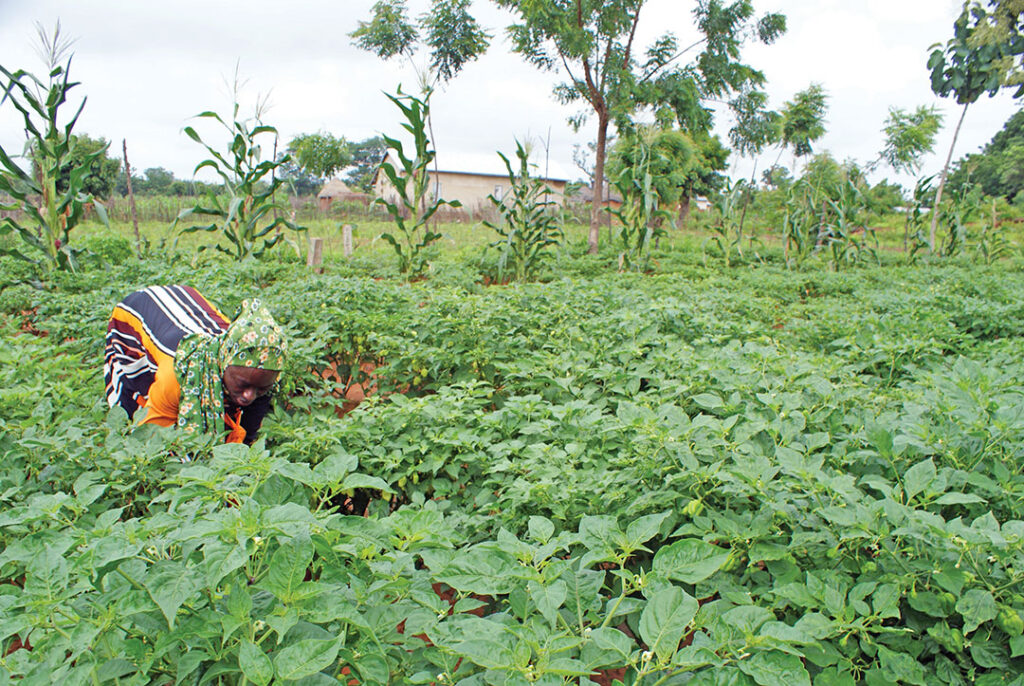THOMSON REUTERS FOUNDATION
As the sun slid toward noon, Adam Fuseina’s daughter jumped off a bicycle at their home in Nafaring village in northern Ghana. She called out to her mother to say that she was back from shopping with a basket full of cooking oil, flour and greens.
“This will keep us going for a week,” said the 43-year-old mother of five, standing amid the village’s mud-walled shelters with fraying thatched roofs.
Things were different a year earlier, when Fuseina’s family could sometimes manage only
one meal a day.
Ghana’s worsening floods and droughts have made growing fruit and vegetables harder, and when the staple maize and rice crops are hit as well, families like Fuseina’s are left with meager yields of grains.
But in March 2021, Fuseina joined a free crop insurance project that tries to ensure that farmers aren’t thrown into poverty by extreme weather, pest infestations and crop disease outbreaks.
Now when long dry spells destroy a share of the crops on Fuseina’s 2.6-hectare farm, her family still can eat a healthy diet, she said.
Part of a larger initiative by Roots of Change, under the charity Opportunity International, the insurance program uses farmland and crop data collected by the agriculture ministry to help cover about 1,360 farmers in northern Ghana.
The Ghana Agricultural Insurance Pool, a group of 15 insurance providers, compares data on historical farm yields to actual harvests to verify insurance claims that enrolled farmers make.
Since it launched in 2021, the project has paid out 7,000 cedis ($1,120) to more than 300 farmers, according to Ebenezer Laryea, Ghana’s head of agricultural businesses at Opportunity International, which pays the farmers’ insurance premiums.
Some farmers invest the money into community savings plans where people pool their funds so individual members can use it when they need it.

